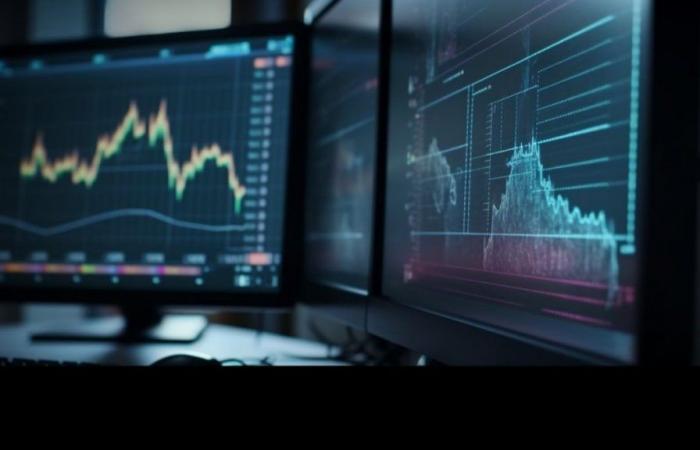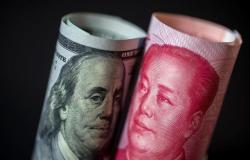The sovereign debt in dollars it handles parities that range from US$43 to US$58, with increases during the year of up to 43.98% and average yields of 20%. In this context it is worth asking if the “hard dollar” debt Is it expensive or cheap, and what danger of default do the papers have?
Fernando R. Marengo, Chief Economist of BlackTORO, during an interview with Bloomberg said: “There are many people who say if I take the AL30 or AL35, they rose a lot. It does not mean that we are expensive. Today the AL30 yields 25%, a comparable bond from Ecuador yields 18%, and the rest of Latin America yields less than 7%. “It’s okay, clearly the Argentine risk is much higher than the countries in the region.”
Subsequently, the expert explained that to evaluate any investment project, The country risk is taken as the base interest rate and Argentina is between 1,300 and 1,500 pointswhen the region is below 300. “Clearly the assets are very punished compared to the rest of the region,” he added.
“So, if we look at stocks, we are very cheap. If we look at real estate in the region, it is very cheap, with a very high discount rate. The key to any economic program in Argentina is to lower the inflation rate, yes, but At the end of the day, what has to go down is the discount rate for the projects to be profitable in the country.“Marengo concluded.
Hard-dollar sovereigns: time to buy or sell?
Until early last week, the market had a bearish rally. Argentine assets had been negative for more than a month. Thus, For the first time, the Government faced an adverse financial situation. and, to regain market optimism, it needed an injection of good news.
“This shock finally appeared last Thursday, when the government achieved not one, but four milestones: “the approval of the Bases Law, the renewal of the swap with China, the lowest inflation figure since January 2022 and the approval of the 8th review of the IMF”Juan Pedro Mazza, Fixed Income Strategist at Cohen.
The barrage of good news was a breath of fresh air for Argentine fixed income, which accumulated a significant increase of 8.7% in the week. But, “beyond this increase, Argentine Treasury credits are still somewhat below the maximums reached in April: the parities are at 50% and the country risk at 1,381 bp, when they were at 55% and 1,161 bp, respectively”Mazza highlighted.
At these prices, he warned that Argentine fixed income continues to give high probabilities to an aggressive default event and explained: “Assuming an ‘exit yield’ of 12.0% in line with the curves of emerging comparables, The price of US$58.5 of the GD30 (IRR 22%) gives a probability of 53% to a haircut of 39% (in line with the historical average default). Likewise, it takes for granted a scenario where at least a friendly haircut of 13% occurs and, at the other extreme, it gives a probability of 28% to an aggressive haircut of 75% (similar to that of Argentina in 2005).”
Finally, the expert’s verdict is as follows: “In view of the government’s willingness to pay and the important progress in correcting macroeconomic imbalances, These prices look attractive. Even if the government were forced to carry out a debt exchange in dollarsit is most likely that it will occur on friendly terms for Argentine bondholders.”






